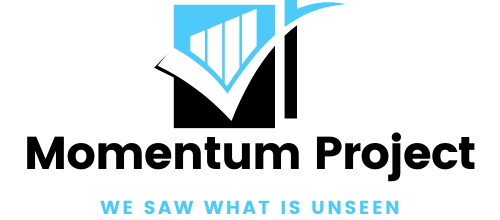Nonprofits often receive criticism for ignoring technology innovation, incorporating new technology too slowly into their operations, or improperly adapting potentially powerful tools in a manner that blunts their potential for change. When nonprofit technology planning sidetracks larger organizational issues, old habits and circumstances impeding progress find a new outlet. By incorporating new perspectives into technology planning that include a broader strategic view of organization concerns, greater value and benefits might flow from each nonprofit technology effort. Focusing on “innovation” as process. Ignoring the unintended consequences of innovation, can cause organizations to move beyond their means, taking giant steps instead of gradual paths, towards unsustainable technologies. The best tools require organizational guidance to support activity throughout adoption, integration, maintenance and upgrade cycles. Articulate tangible benefits: Moving past abstract notions of what IT might offer, organizations that deliver concrete expectations of their technology pathways, framed in terms of strategic and operational goals and objectives, reduce frustrations. Ask stakeholders for input. Employees, clients, board, and partners can inform needs, identify barriers to change, and signal key expectations before and throughout any IT innovation consideration. Use the same technologies under consideration to exchange ideas.

Connecting their considerations early also helps reduce potential resistance to integration. Invest in, don’t budget for, IT. The choice between IT as a cost savings measure versus a broader organizational investment depends on attitudes towards the current processes, systems, and structures for programs and operations. Where resource constraints, lack of information and awareness, and management impede existing efforts, expect difficulties for new projects as well. Scaling plans to fit strategic needs. Budget constraints leads to mediocre results, demoralized staff, distrust, and loss of goodwill. Adjusting resources for greatest impact can also involve alignment of redundant functions to achieve greater performance. Incorporating routine technology considerations into strategic planning discussions– from special board trainings to management team briefings– can help decision makers familiarize themselves with their options. Spreading institutional responsibilities for IT investments. People support what they have a hand in creating, and shifting technology towards the same performance, value, and success measures in line with other organizational commitments provides increased opportunities for knowledge sharing while reducing information silos thorough monitoring and evaluation.
Bridging IT learnings. The majority of IT innovations will likely fail, prove inadequate, or not fit many organization needs. Even the worst attempts at IT integration, however, provide useful lessons for organizations that actually allow proper oversight and reporting to reveal results. Removing the concept “competitive technology edge” from individual nonprofit thinking: Each organization brings different needs and different ways of using tools, much to the potential benefit of the greater sector. A better notion of “comparative advantage”, and greater participation by nonprofits in avenues to close technology gaps while creating more technology resources through knowledge sharing eliminates resource constraints. The use of the latest technology will be done in the development of the website as provided at the https://www.wavemaker.com/ site. The sharing of the essential information will be beneficial for the person.

While some organizations will always stand ready to acquire new technologies before others, the relative lack of consistent technology integration reflects a deeper disconnect between the ability to balance “innovation” towards strategic goals against key organizational priorities and circumstances at different points in time. The likelihood that all nonprofits will remain at a disadvantage decreases especially as more tools and resources develop with greater participation by organizations themselves, informed by an awareness of the what’s possible as much as what’s needed.




